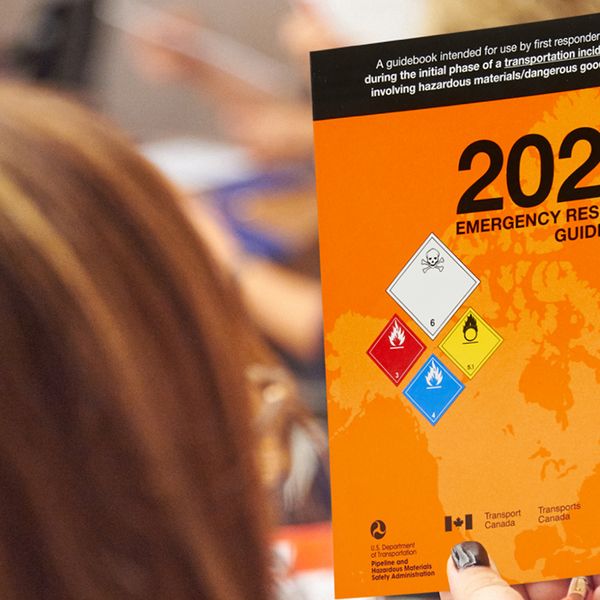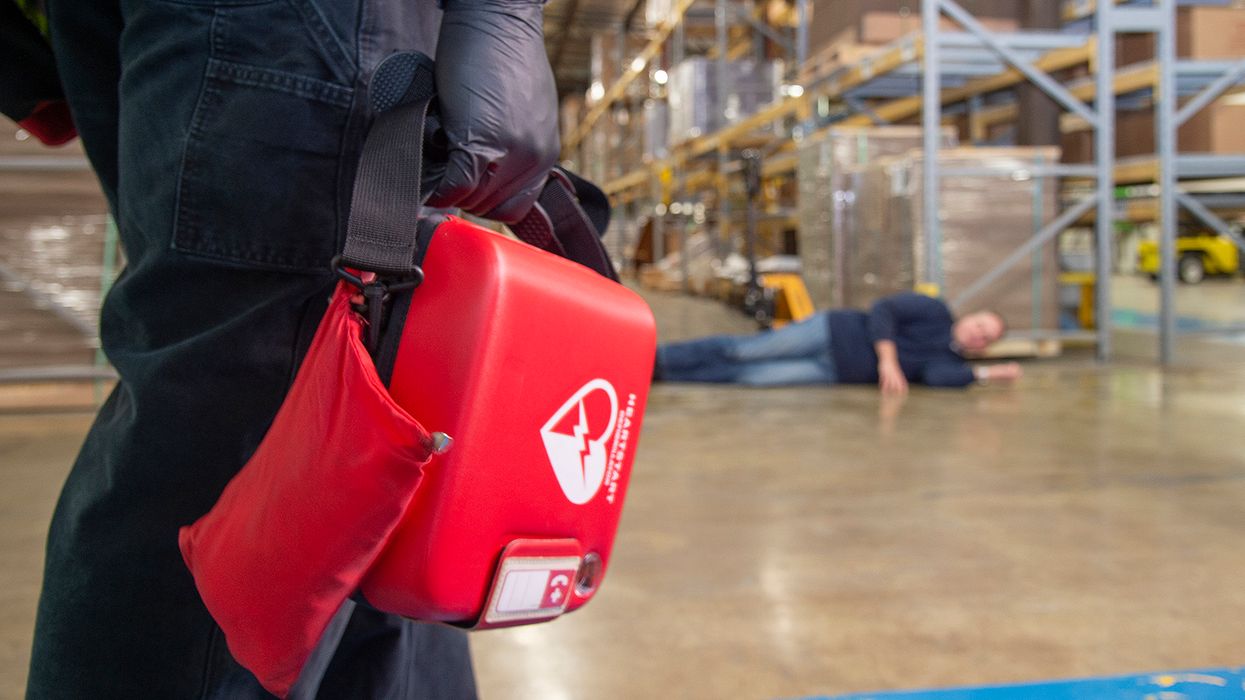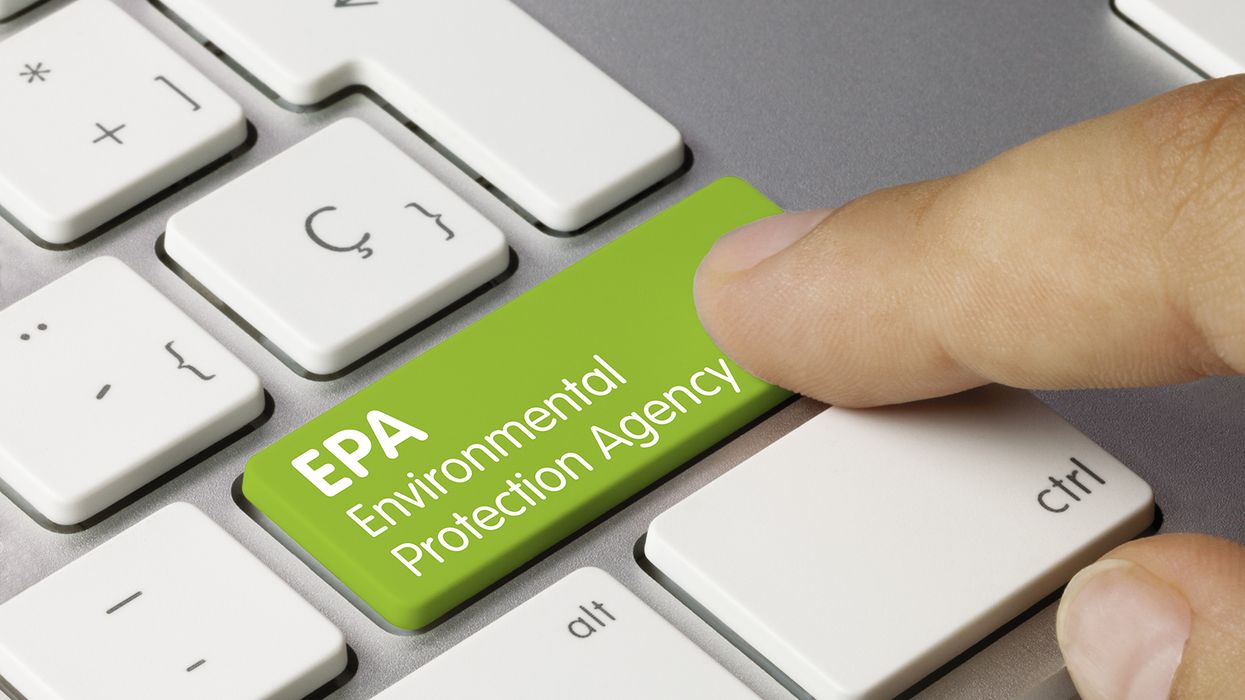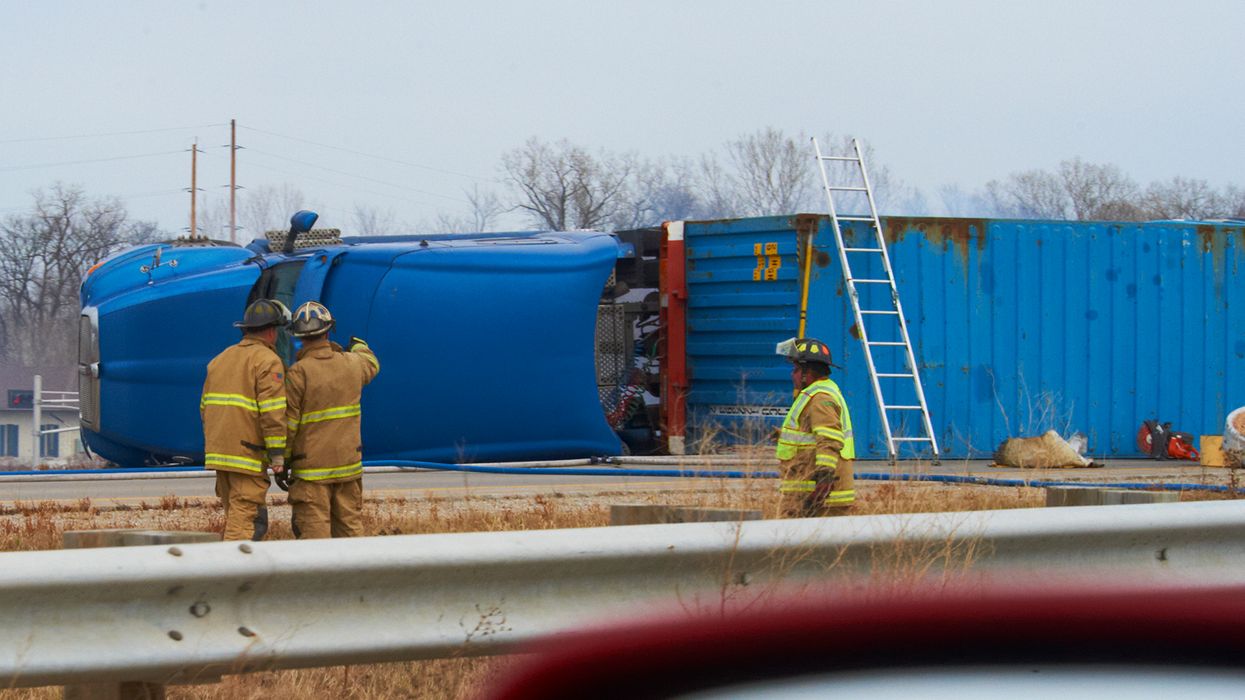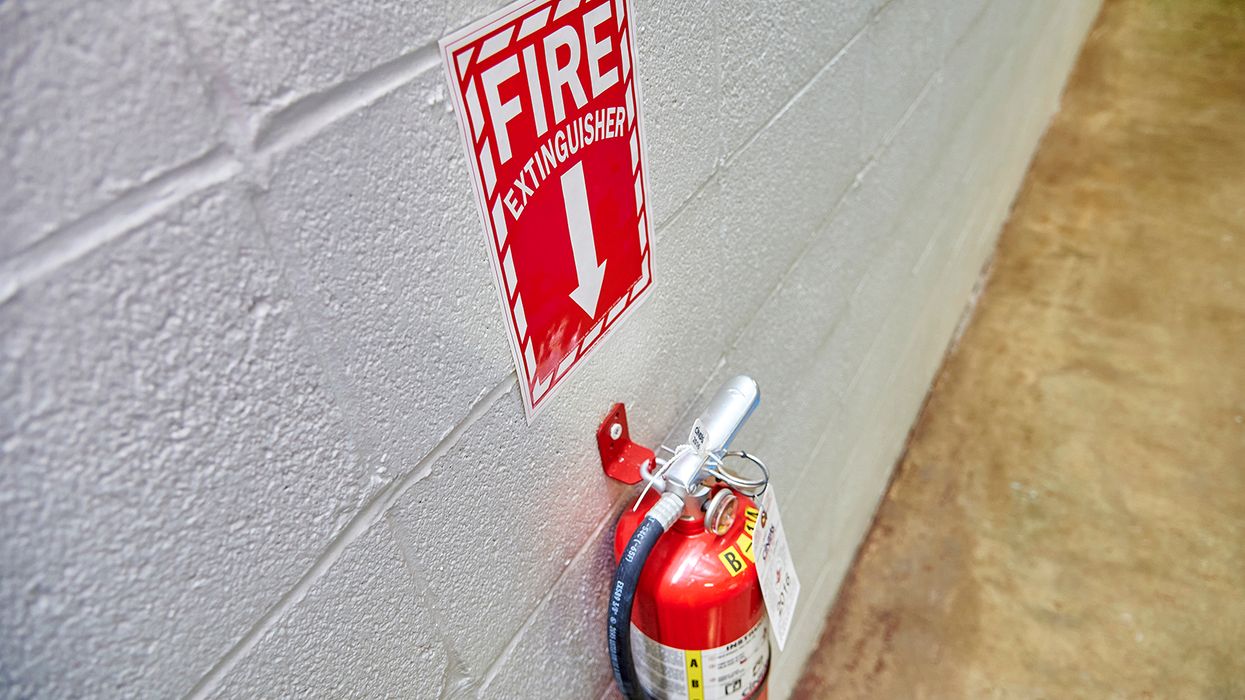On the road to safety: A truck driver's guide to the Emergency Response Guidebook
When the rubber meets the road, a truck driver's expertise extends far beyond driving skills. Delve into the world of trucking and decode the Emergency Response Guidebook (ERG).
Many shippers and motor carriers are familiar with the ERG, and most associate the ERG with compliance with the Hazardous Materials Regulations (HMR). The ERG is one of the best ways to provide emergency response information for a hazardous materials shipment. Let’s take a deeper dive into the compliance aspect of the ERG.
The ERG’s beginnings and its role today
The Emergency Response Guidebook was created to provide essential guidance to first responders, emergency personnel, and individuals dealing with hazardous materials incidents. Originating from a need to coordinate response efforts across various agencies, it offers critical information on identifying, assessing, and responding to hazardous materials incidents, ensuring effective and coordinated actions to protect lives, property, and the environment.
The initial response phase is that period following the first responders’ arrival at the scene of an incident, during which the presence and identification of hazardous materials is confirmed, protective actions and area securement are initiated, and assistance of qualified personnel is requested. The DOT distributes copies of the ERG to emergency responders throughout the United States. First responders rely on truck drivers to know and provide information on the contents of the cargo.
Click here to learn more about PHMSA.
Providing emergency response information
The Hazardous Materials Regulations require that emergency response information accompany most hazardous materials shipments. Emergency response information is not required for hazmat shipments that do not require shipping papers or are classified as a limited quantity. Even though the shipper typically provides emergency response information, it is sometimes missing or incomplete. If the driver has a copy of the ERG on hand, they can avoid a violation.
The emergency response information may be provided in the following ways:
- It can be entered on the hazmat shipping papers,
- It can be provided in another document, other than the shipper paper, which includes the basic description of the hazardous material, or
- It can be provided in a separate document, other than the shipping paper, that cross-references the description of the hazardous material on the shipping paper with the emergency response information contained in the document. The ERG is an example of this type of document.
Carriers that transport hazardous materials must maintain the emergency response information the same as they do for shipping papers. The emergency response information must be readily available to, and recognizable by, authorities in the event of an incident or inspection. Keeping an ERG with the hazmat shipping papers is the easiest way for drivers to comply with the emergency response information requirements in the HMR.
Key to remember: Train your drivers on the importance of providing emergency response information to ensure they stay compliant and do their part to keep first responders safe during a significant incident.





